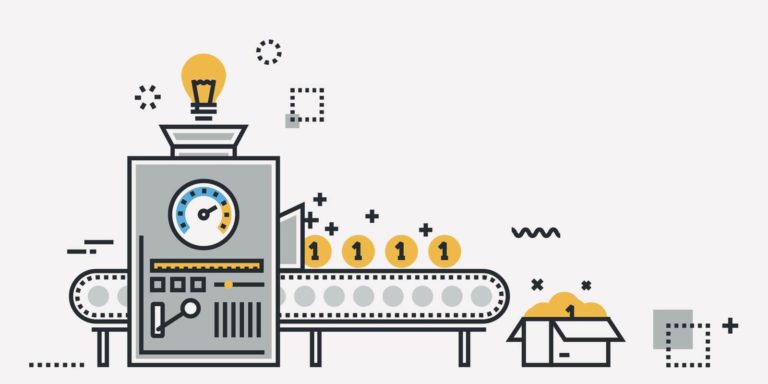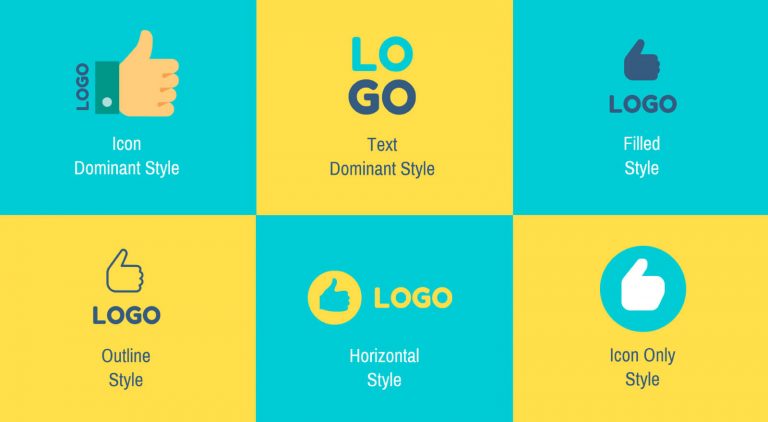4 quick tips for a successful client/designer relationship. Time is money and we certainly never seem to have enough of either, right? To save you time today, we’ve crafted what we consider a “mini-post” — something short and sweet, but most importantly valuable and useful — to help you manage your current and future business partnerships. Whether you are a designer, or you’re on the client end who has just hired a designer, the below tips will help you manage not only time, but also expectations, that will result in the development and delivery of quality work that leaves both parties feeling happy and satisfied at the end of the project. These tips stem from our own experiences in working with different client personalities over the years and also from issues that we still struggle with today (and can still work on!) Comment below and let us know if you can relate, if these will help you or what other issues you have battled with before — We can’t wait to hear them!
Whether you’re working together for the first time or not, these practices should be considered and executed carefully. They might seem like no-brainers or even slightly tedious, but they are the little details that if taken care of, in the beginning, will save a lot of time and headache in the end.
1) Schedule an initial meeting or consultation.
Duh, right? If you’re both local, set up an in-person meeting. This doesn’t have to be formal; it can even be a 30-60 minute chat at a coffee shop. Or, set up a phone or video conference/consultation that allows you to meet and get to know each other. Because most of my clients are spread out across the country, we use a free account with Skype to set up calls that usually last 30-45 minutes. This allows the conversation to be a little more personal and “face to face.” The client will get a more visual experience that they just simply can’t get on the phone. Sometimes these are organized, where we stick to a script (or they’re more off the cuff and relaxed) and we let the client talk the most, to tell me about who they are and what they need. We let them know what we do and the benefits of working with us. We don’t even always talk about pricing. But overall, you just need to organize some kind of meeting that allows you to get a feel for each other, processes, expectations, timelines and turnarounds — to see if you’re even a good fit.
2) Sign a contract or set up a timeline/outline of expectations and deliverables.
If after the initial consult, both parties decide to work together, some paperwork needs to be squared away. It’s the smartest thing to do legally and really, it just allows both of you to know what to expect and when. Beyond the basic legal jargon you’re signing off on, it’s a good idea to set up a timeline of deliverables. If we are working on designing a brand for someone, we might set up when they’ll receive logo concepts, a certain number of revision rounds, when website development starts, when they’ll receive files, etc. This way, we are both on the same page.
3) Give the designer ONE point person.
I can’t stress this one enough! Over the years, we’ve dealt with clients who are apart of teams and we will get 10 different emails from 10 different people about 10 different things — and we get easily confused and ultimately waste a lot of time trying to decipher the messages. If the client has other partners or team members involved, regardless, make ONE person the point of contact for the designer. All emails and calls should come from them. This allows the designer to know exactly what is going on, what to create and when who to send it to and receive approval from. We promise that it makes their life MUCH easier! Also, it’s important to try to stick to emailing within one message chain — and for the designer to not be sent emails and files piecemeal. Again, five different email threads about five different things can get really confusing, really quickly.
4) Create an organized workflow and final delivery system of files.
This is one of the most important aspects to keep in mind — how are you going to actually communicate and work together? Will it be done primarily through email, Google Docs or should you set up a project within an online management tool like Asana? Again, in order to stay organized, manage time and expectations, it’s important to set up a system that works for both of you. This comes into play with general communication, sending proofs, making edits, giving/receiving approval and crossing items off the task list. It’s also important to figure out the way in which the client will receive final print and digital files. Will they go into a Dropbox folder, be saved to another cloud account of some kind or even be delivered the “old-school” way via a USB drive? No matter the systems, they just need to be set up and properly used. Create a game plan and stick to it!
If you wish to discuss how we can develop your brand or provide graphic design for your product or business? Contact us here or call us on 07801 214657 and we will give you free advice and we should be able to find a service that works for you and your budget.



